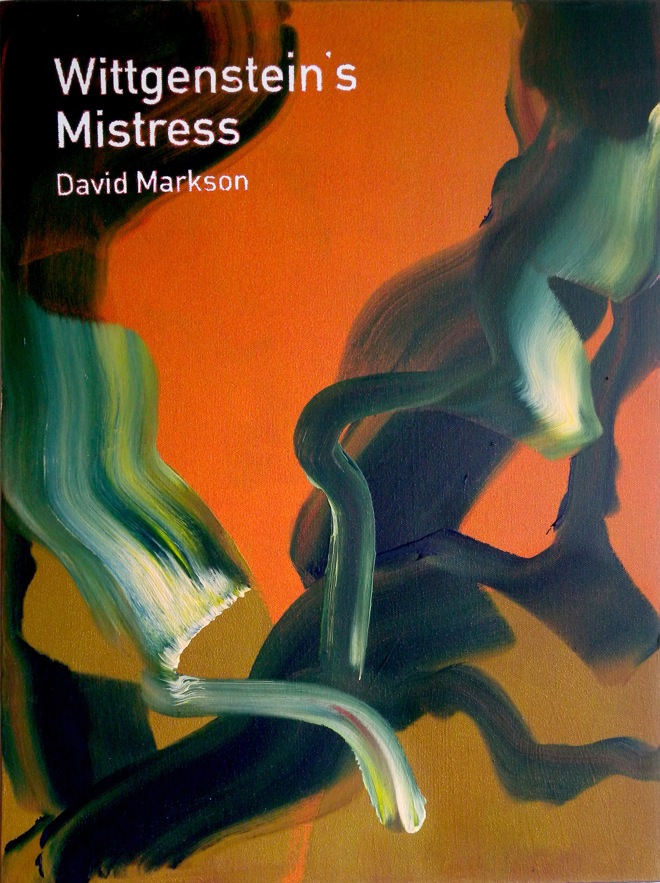“Of Indeterminate Time Or Occurrence” – solo exhibition by Heman Chong
FOST (1 Lock Road, #01-02, Gillman Barracks, Singapore, 108934), Mar 8 – May 4, 2014
If there is one thing that an exhibition by Heman Chong is likely to provoke, it is a massive, sprawling search engine binge. Basically, a fevered jag of endlessly reformatting and tinkering with your search terms as you follow link after link to the most abstruse corners of the internet’s vast, distributed reaches. It is an apt demonstration that you don’t need QR codes and other technical widgets to deal with the weirdness of a networked world.
Which is not to say that nailing down the origins, first causes, and influences underlying Chong’s practice is a spiraling mission. Rather, as Kenneth Tay relates in the exhibition’s publication, there is a provocative indeterminacy in Chong’s work—one which dares us to make irreverent over-readings. To step over each work and wander amongst branching paths is perhaps something like way in which the publication Of Indeterminate Time or Occurrence supplements his 2013 monograph, The Part In The Story Where We Lost Count Of The Days.
Such a transition—from some poetic sense of wonderment at being lost to a dry technicality suggestive of Heisenberg’s uncertainty principle—recalls the chain of chance events examined in After Bolaño (After Duchamp). Briefly summarized, Chong by chance comes across ready-mades through Roberto Bolaño’s novel 2666, in which Professor Amalfitano discovers among his belongings a book he has no recollection of ever owning—the poet Rafael Dieste’s Testamento Geometrico. Discomfited and fearing for his sanity, he re-enacts Duchamp’s Unhappy Readymade, hanging the geometrical treatise from clothes pegs and leaving it to the mercy of the elements.
Now, some years after this chance discovery, Chong takes his turn in re-enactment, extending the line drawn between Duchamp’s chance operations and Bolaño’s fabulist realization. In this enactment, Chong removes the unhappy ready-made from the presumed source of its unhappiness—being left out to get rained on—and suspends it in a state of undisturbed repose in some sly homage; a chain of chance and coincidence turned rarefied model, like the International Prototype Kilogram, a reference point for the future.
Dominating the gallery, however, is the riotous profusion of colors and textures of his book covers, arranged in neat grids at opposite ends of an otherwise mostly monochrome gallery. It’s a vivid contrast—just as the seemingly endless iteration and variation of the book covers decouples the weighty titles from their received associations, nudging them forward to undertake some strange wanderings.
The paintings are accompanied by a text in the exhibition’s publication, Bibliography (1) 358 Books, 17.02.2014—an alphabetical listing of the books which is meant to be read aloud, alone, in a bookish sort of place such as a library or bookshop. It’s a rule which invites another question—is there some concomitant expectation for you to produce images, alone in the gallery, as your eyes drift from painting to painting?
If there is an answer to be found to these and other questions, perhaps it’s found in the snappy, neon equivocation of NEVER / AGAIN – never, again, never again, or something else entirely, as semantic satiation takes hold.




